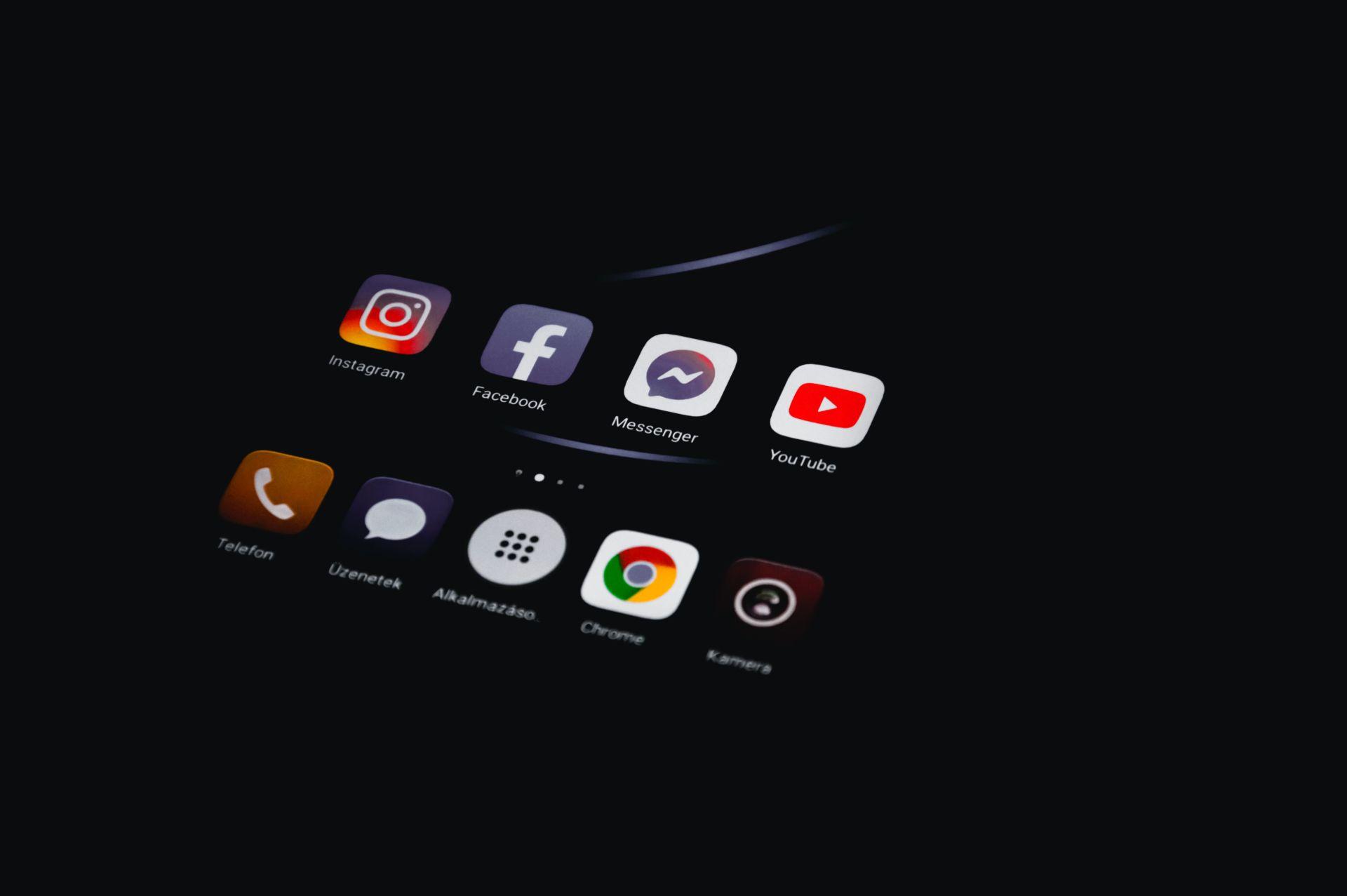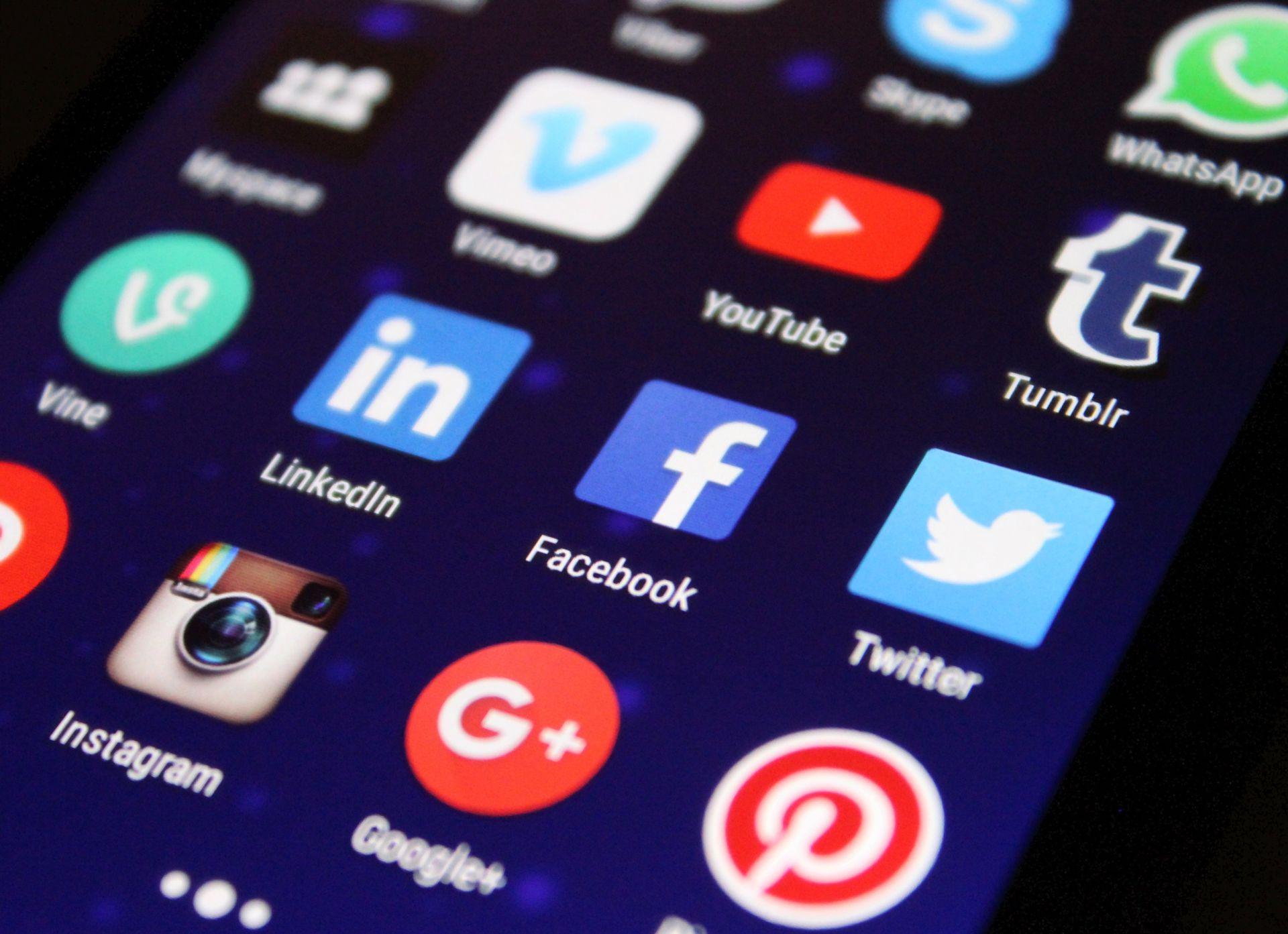New YouTube monetization requirements will let people with smaller channels get at least a little bit of income. YouTube’s announcement has probably made many new creators smile, as now the rules are less strict!
In order to provide producers access to monetization tools through the YouTube Partner Program (YPP), YouTube is decreasing the restrictions. The business is extending its shopping affiliate program to YPP artists with more than 20,000 subscribers who are headquartered in the United States.

New YouTube monetization requirements: Everything you need to know
You will definitely love the new YouTube monetization requirements, especially if you are a smaller creator or you have a YouTube channel idea in your head but don’t have the motivation to start. Well, here is your motivation!
Today, the firm said that it is reducing the YouTube Partner Program’s qualifying restrictions and expanding the number of revenue options for smaller producers, including paid chat, tipping, channel subscriptions, and shopping capabilities. Here are the new YouTube monetization requirements:
- Videos
- 500 subscribers
- 3 valid public uploads within 90 days
- 3,000 watch hours in the past year
- Shorts
- 3 million valid public Shorts views in 90 days
The YPP will be accessible to creators after they acquire 500 subscribers, which is half of what YouTube previously required. Other milestones have been changed, such as the requirement for 3 million Shorts views as opposed to the initial 10 million or 3,000 legitimate watch hours as opposed to 4,000. The US, UK, Canada, Taiwan, and South Korea will be the first countries to implement the less stringent rules.
From Age-Gating to Chapter Indexing – How YouTube Uses AI
Before the new YouTube monetization requirements announcements, users had to follow a harder path to glory. Here are the requirements before the latest announcement:
- Having at least 1,000 subscribers;
- and either 4,000 watch hours in the past year or 10 million Shorts views in the last 90 days.

From Fan Funding to Shopping
The online video provider is also bringing more American producers into its Shopping affiliate trial program. Existing YPP creators who have over 20,000 subscribers are qualified to tag items in videos and Shorts and receive a commission. Some American-based artists on YouTube were given access to shopping-related Shorts features in November.
“Every week I share new videos on all things beauty on my channel — from best drugstore makeup to Sephora must haves under $20. Being part of the YouTube Shopping affiliate program makes it easy for viewers to shop and learn more about the products I’m featuring right along with me. The program itself makes it incredibly easy to see commission rates for products and tag videos so I can spend less time on those details and more time focusing on finding the best products for my viewers.”
Andréa Matillano, YouTube beauty creator
According to a blog post from YouTube, achieving these goals will also make fan funding alternatives like subscriptions, Super Chat, Super Stickers, and Super Thanks available. Through YouTube Shopping, creators will now be able to advertise their own items.
“For creators who are further in their YouTube journey, we’re expanding our YouTube Shopping affiliate program to all eligible US-based creators who are in YPP with over 20,000 subscribers. The affiliate program allows creators to feature products from other brands and creators in their content and be eligible for competitive commission rates on the sales of products tagged in their videos and Shorts,” the company said in its announcement post.

Why is YouTube changing its “strict” policies?
The largest video-sharing website in the world, YouTube, has announced substantial modifications to its revenue strategy; but why? Normally YouTube policies are known to be pretty “strict,” but this time, the company decided to loosen up a little bit for creators.
- Expanded opportunities for content creators
- Encouraging creativity and innovation
- Supporting emerging channels
Expanded opportunities for content creators
In order to create a diverse and inclusive creative community, YouTube decided to decrease the entry barriers for its monetization scheme. YouTube gives access to a broader spectrum of creators who would not have previously fulfilled the more stringent restrictions by lowering the qualifying limits.
Encouraging creativity and innovation
YouTube is aware of the enormous talent and innovation found beyond the realm of conventional video development. YouTube wants to encourage creators from all backgrounds and genres to share their original material by decreasing the qualifying criteria, which will boost creativity and new ideas.
Supporting emerging channels
Due to the competitive nature of the site, many excellent content producers frequently encounter difficulties meeting the prior qualifying requirements. By lowering the barrier, YouTube gives up-and-coming channels a platform to increase their visibility and audience size, giving their careers a crucial boost.
Featured image credit: Pexels.com





